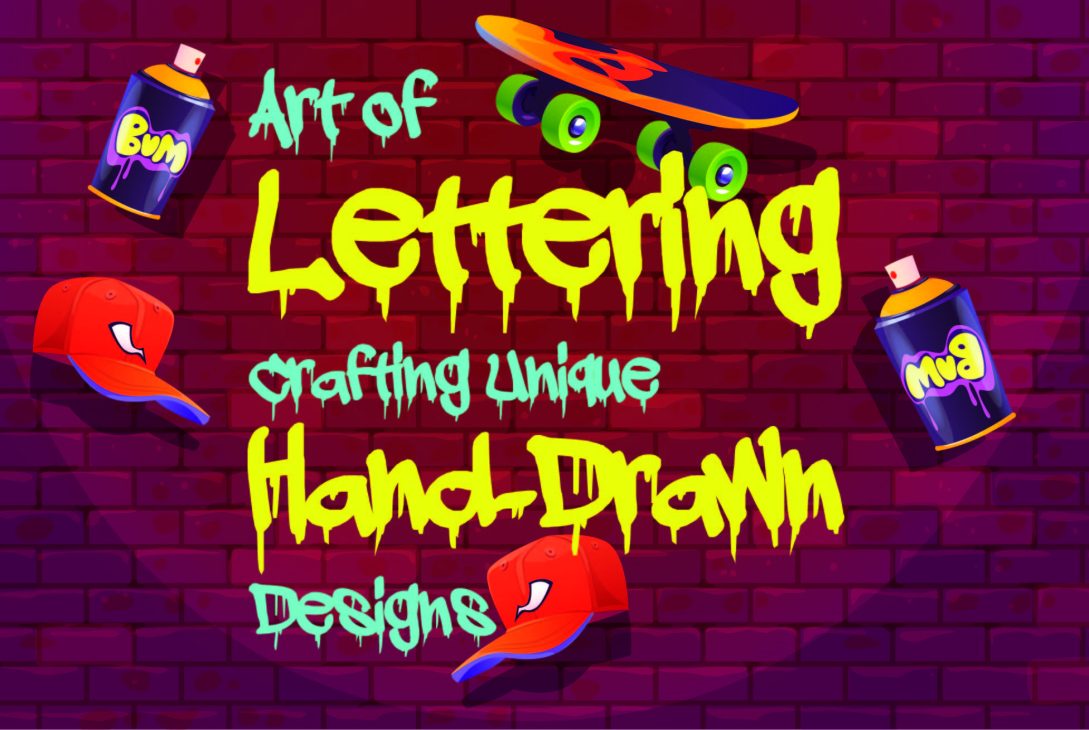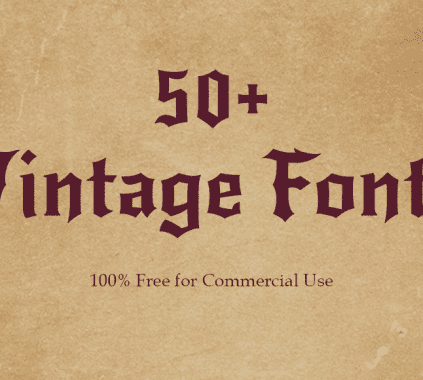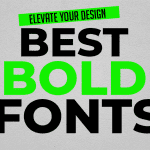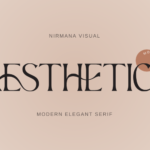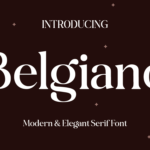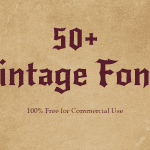Lettering is a form of graphic art that focuses on the styling of letters by hand. Unlike typeface, where letters are placed in a structure that has already been developed in advance, lettering involves coming up with each letter on its own, and more often the lettering is done depending on the project or piece that is being taken on. The letters are not part of sets like a style alphabet but drawn at will, making the stencils a true sample of the Chinese culture at that time. This makes lettering a very unique and individualistic art that has found application in places such as logos, posters, signs and illustrations, and even tattoos.
Origins and History of Lettering
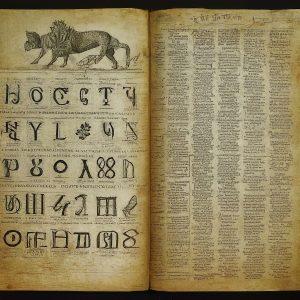
It is an art form that has been around for centuries, with the early forms of civilization inserting writing on monuments and other objects. It is possible to name Egyptian hieroglyphs, Roman inscriptions made with capitals, and manuscripts of the Middle Ages illuminated with ornate initial letters as lettering’s early examples, as it was as vital to convey a message in the letters’ form in addition to their content.
Thus, in the Roman era, to write monumental texts that were incised in the stone, the exquisite form of the letters was specially inscribed, so to be esthetic and comprehensible. Some of the most common examples of the Roman letters include Trajan’s Column, which was constructed in Rome in the year 113AD. The carving of letters on the base of the column of Trajan is the model of the modern Trajan typeface, which is still used in many movie place holders and in many other traditional formal design applications today.
In the Middle Ages, monks were hired to manually write religious texts, and it was common for them to include wonderful and complex letters and designs at the start of a paragraph or of a new section of the text. In essence, these are some of the best liturgical manuscripts as pieces of lettering art. Each of these letters was handwritten and was accompanied by gilded gold or any other valuable material to elicit a perceived feeling of significance and sanctity.
Later on in the advanced world, the industrial revolution greatly altered lettering, particularly in the advertising and signage. Word by word, city by city, as businesses are becoming more numerous and people needed them to stand out more and more, it required bolder and bolder lettering to do so. Later, with the expansion of print media in the 19th century, the art of lettering was widely adopted.
Characteristics of Lettering

The main difference between lettering and other types of working with the text, such as typography or calligraphy, is that every letter is designed for one specific use. Typography is a process involving the use of pre-made fonts in which all letters are similar in style as prescribed for the set, while calligraphy entails writing letters in a flowing style and mostly without a pause, which can be by pen or brush. Lettering, on the other hand, entails drawing letters, more in a pictorial way, and thus a lot of space is left for creativity.
Here are some key characteristics of lettering:
Applications of Lettering
Lettering has a wide variety of applications across many different fields and industries. Some of the most common uses include:
- Branding and Logos: Most businesses choose customized fonts in their logos since it gives the business a persona. A logo made of letters looks different from the one made with ordinary fonts and is an effective representation of the brand personality. For instance, the popular Coca-Cola Company has its script lettering on its logo, which is familiar with everybody all over the world.
- Posters and Signs: From a movie poster to a flyer for a concert or a hand-painted perspective of a sign, it plays an essential role in making promiscuous visual designs.
- Illustrations: Lettering is an exciting way of combining text and illustrations with a level of harmony in a single picture. In this regard, the letters are not only the medium of message conveyed but also one of the media of structuring the visual image.
- Tattoos: Tattoo lettering is another category that has many clients’ requests. Skin lettering is also popular. Every single letter is handcrafted depending on the personality of the intended tattoo, thus making the tattoo unique and significant to the person who has it. Tattoo lettering also calls for extra design and style to make certain that it is certainly readable and reasonably appealing more than time.
- Editorial and Print Design: The use of custom lettering in magazines, books, and other printed material is for purposes of headings or even covers where one wants to make a statement. This applies especially in professions that are inclined towards art, such as fashion and lifestyle magazines.
Tools and Techniques

There are a wide variety of tools that lettering artists use, depending on the style and medium they are working with. Some of the important tools are below:
- Drawing pencil is drawn on the initial drawing and even the preliminary stage of the layout of the design. To the artist, they can easily wipe out and experiment with the lines until the image is perfected before moving to the inking or other detailed stage.
- Brush pens are used for making vigorous letter shapes, particularly when doing script letters. They make it possible for artists to have more control over the line width, as this depends on the pressure being applied on the pen.
- It is common to use markers and fine liners to make bold and clean lines for the end-result product after the initial outlining of the design has been made.
- Additional equipment includes the iPad with Procreate to draw or software like Adobe Illustrator, whereby artists draw their letters. These tools are more sophisticated since they allow one to work with more accuracy and flexibility in terms of editing the designed documents.
Styles
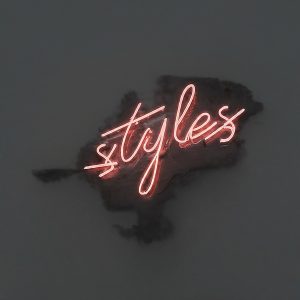
Lettering comes in a wide range of styles, and artists often develop their own personal approach to drawing letters. Some popular styles include:
- Script Lettering: This style looks like cursive writing; letters connect to each other, making them look like one long writ. It is most suitable for more business-like or formal design projects, especially formal invitations like wedding invitations or even brands that prefer the luxurious look.
- Block Lettering: Clear large letters that are easily understood. This style is preferred, particularly in signs and logos, since the information displayed has to be comprehensible.
- Vintage/Retro Lettering: Derived from signage, advertisements, and packaging, this style makes use of decorative and, as the term refers to it, retro design tradition allusions.
- Blackletter: It is also referred to as Gothic script. This font has heavily dranged, narrow triangular letters, and it is more used in historical as well as formal occasions.
Conclusion
To sum up, here is what can be stated about lettering: it is an art that has a great scope for imagination and experimentation. This means that by inviting each letter separately, artists are able to come up with designs that are unique and appropriately fitting for project requirements. Lettering is an effective and expressive method of working with text, no matter whether it is applied to branding, signage, tattoos, or illustrations. In spite of all the alterations and various spheres of usage, it remains to be a strong instrument for non-verbal communication.


